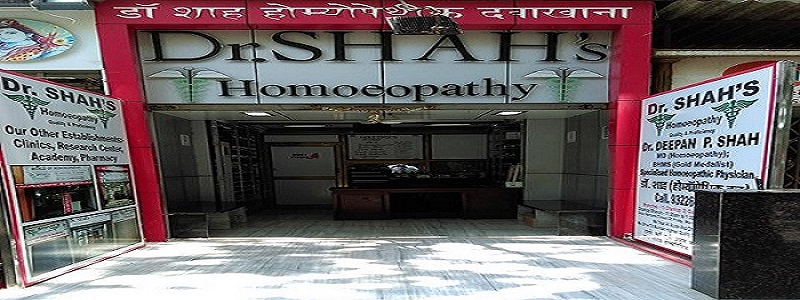Mycosis Fungoides is a type of Non-Hogkin Lymphoma. It is the most common type of Cutaneous T-Cell Lymphoma(CTCL).
Mycosis Fungoides is a misnomer which means “Mushroom-like fungal disease” but by no means it is a fungal condition. It is a type of blood cancer caused due to unusual expression of Skin-associated CD4 T-Cells. This cancer affects skin and produces various lesions on skin and rarely metastatise in other tissues.
It is a fatal condition with 10year survival rate of less than 70% which is even less in elderly.
It usually appears in people above 20years of age and is more common after age of 50yrs , males are affected more than females, the disease tends to be more fatal in black race. Survival rate has been found good in married white women.
CAUSES
Causes of Mycosis Fungoides remains unclear
No hereditary or genetic factors have been found associated to the disease.
It is considered to be non-contagious but some studies suggest that Human T-cell Lymphotropic Virus is associated with this condition.
SYMPTOMS
Initially disease shows symptoms that are not distinguishing and in most of the cases it resembles psoriasis or eczema. Even on biopsy it can not be diagnosed easily in early stages. Even in later stages multiple biopies are required to establish diagnosis.
Disease presentation begins from skin as exfoliating, pruritic, erythodermic eruptions resembling to Eczema or Psoriasis and is almost always mistaken initially in most cases. These eruptions tends to appear first on buttocks in vast majority of cases and then spreads throughout the body. Pruritus is present in only 20% of all the cases. In later stages tumourous and ulcerative lesions may also appear. Disease usually in most cases starts appearing at around age of 45-50 and is a slow prohressing condition with and its usually around age of 60+ that mist patient starts presenting symptoms of later stages like tumours, generalised pruritus and erythrodrema and ulceration. Though in many cases it may start as early as age of 20 and rarely before 20yrs of age. The diseases is classified into three stages
Stages of Mycosis Fungoides
Mycosis fungoides is divided into three stages viz.
- Pre-Mycotic
- Mycotic
- Tumourous
Pre Mycotic Stage
It starts appearing on skin at this stage as erythematous, pruritic, exfoliating skin eruptions.
On biopsy it cannot be diagnosed at this stage as histopsthology shows pattern of non specific dermatosis with epidermal psoriasiform changes.
Mycotic Stage
In Mycotic stage Infiltrative Plaques starts appearing as slightly raises or wrinkled spots.
On histopathology polymorphs and few atypical lymphoid cells are seen inflamatory infiltrates in dermis. When this cells are seen lined up.in epidermal basal layer without spongiosis then its confirmatory finding to establish diagnosis of mycosis fungoides.
Tumorous Stage
Nodular overgrowths are seen on skin ranging from few milimeters to centimeters scattered throughout the body along with plaques and patches. Usually it appears on the same place where the plaques and patches are. Also there is erosion of the tumours and ulcerations is seen in many cases over the tumour and plaques.
On histopathology they show medium sized lymphocytes with cerebroid nuclei expands dermis.
DIAGNOSIS OF MYCOSIS FUNGOIDES
Diagnosis is based primarily on histopathological findings of the skin lesions
Clinically patients showing features suggestive of or doubted mycosis fungoides are closely monitored over the time untill biopsy confirms. Multiple boipsies of various lesions might be required at every progressing stage untill confirmed, as its very difficult to estsblish diagnosis in initial stafe wether clinically or histopathologically as it resembles psoriasis or eczema.
On histopathology following findings are required to establish diagnosis of mycosis fungoides
- Band-like lymphocyte infiltrate in superficial papillary dermis
- Epidermotropism
- Cerebroid T-cells in dermal and epidermal infiltrate
- Pautriers Microabscesses – though not present in most cases but is characteristic finding of mycosis fungoides where in the epidermal infiltrate shows atypical lymphocytes arranged in aggregates of four or more.
HOMOEOPATHIC MEDICINES FOR MYCOSIS FUNGOIDES
- Thuja Occidentalis
- Syphillinum
- Antimonium Crudum
- Arsenicum Album
- Ars Sulph Flavum
- Phosphorus
- Argentum Nitricum
- Hepar Sulphuris
- Sulphur
- Silicea

Will homeopathic tinctures help my cure wife’s mycosis fungoides? I know you are in India but can we purchase any homeopathic medicines?
Homeopathy has effective treatment for Mycosis Fungoides, we treat Mycosis Fungoides with homeopathic remedies, such conditions requires a detailed homeopathic case-taking & individualisation for selection of most similimum homeopathic medicine suited for the case.